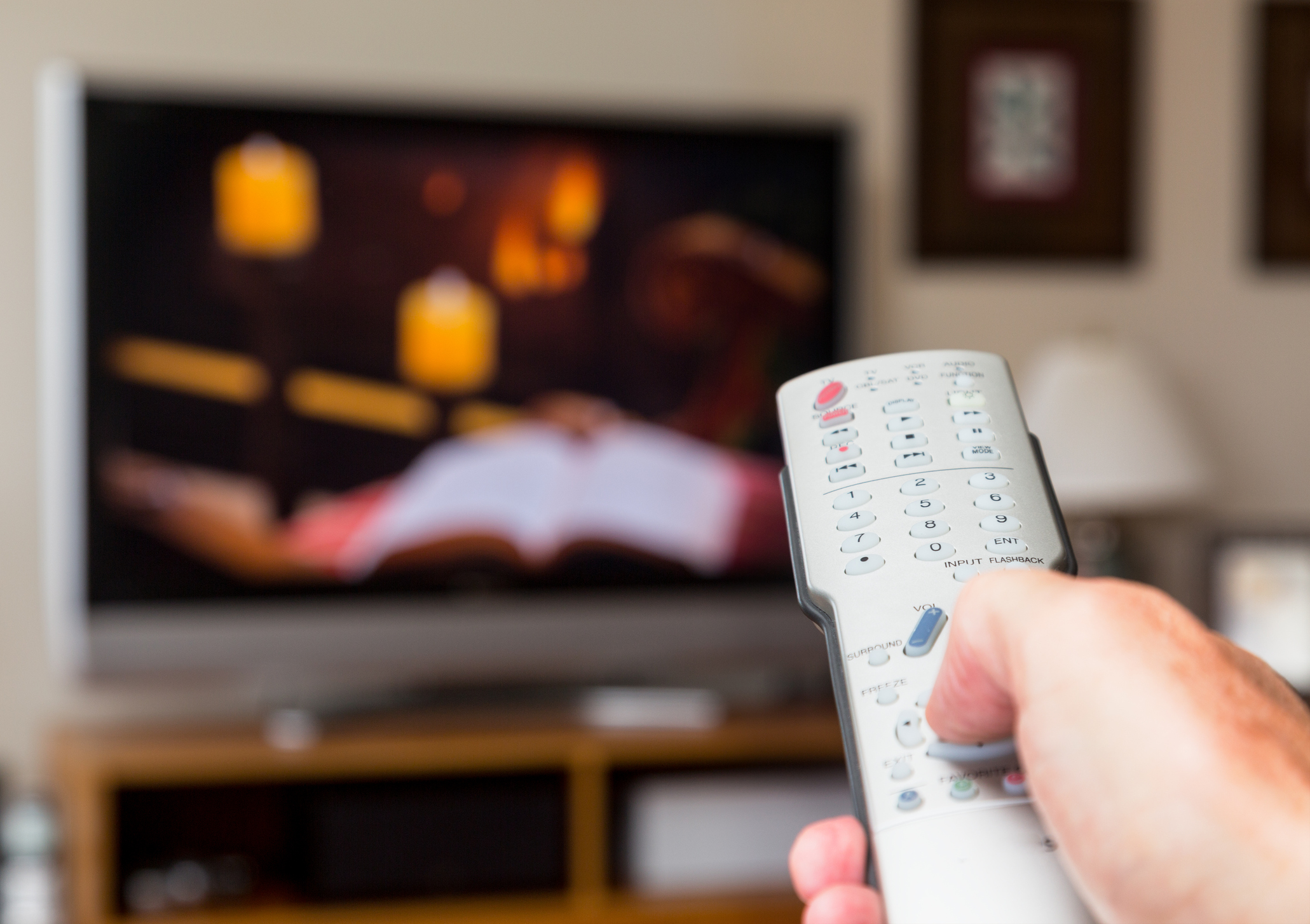
Policy researcher argues that the FCC’s newest proposal for set-top boxes is set up to fail.
The Federal Communications Commission (FCC) drew battle lines between existing pay-TV powerhouses and potential new competitors earlier this year when it took a major step toward changing the $20 billion “set-top box” market. That step would change the market for the worse, argues Larry Downes, Project Director at the Georgetown Center for Business and Public Policy.
In February 2016, the FCC approved a proposed rule that would require pay-TV providers to adhere to an open-source standard for set-top boxes—the intermediary devices between customers’ televisions and their cable services that are needed to allow access to content. The proposed standards would convert set-top boxes into an open-source platform that would allow third-party access to the technology. This would subsequently let consumers attach any device or after-market set-top box to their cable plan and receive content from their pay-TV provider.
The proposal has since become the subject of intense debate by advocates on both sides, with even President Barack Obama publicly stating his support for the FCC’s actions.
The FCC and other proponents believe that the current model of distribution for set-top boxes is “essentially a monopoly within an already monopolistic industry,” which has stifled innovation. The FCC’s proposed standards would then reduce the set-top box rental fees experienced by pay-TV subscribers, who spend an average of $231 a year to rent the boxes. The proposed rule would aim to increase consumer choice by opening up the set-top box market to new entrants and increased competition.
But many who are skeptical of the FCC’s measures, Downes included, believe that rather than achieving the Commission’s stated goal of lowering the cost of set-top boxes, the regulation would amount to a unnecessary and costly government intrusion into an already innovative and competitive market.
Downes argues that set-top boxes have in fact seen dramatic improvements over the past twenty years, in size, performance, and function. Set-top boxes now have upgraded internal features capable of interpreting high-definition signals and the latest video protocols. They can also support a variety of new “smart TV” functions such as enhanced program search and Internet video playback.
Moreover, Downes believes that there has been a “content revolution” extending far beyond the set-top box. Consumers reportedly enjoy video on a growing range of alternative software platforms like Netflix, Hulu, YouTube, HBO, and on hardware platforms such as computers, tablets, and smartphones. This “content revolution” has led to “an explosion of choices for consumers both in terms of the types of content available and variety of pricing structures,” Downes notes. Innovation has been driven by increased broadband speeds, the proliferation of mobile devices, and improving standards for Internet services.
Downes contends that rather than enhancing competition in a video ecosystem that is rapidly moving away from the need for set-top boxes, the FCC is proposing a standard that will merely become another in a long line of ineffective technical set-top box regulations. He observes that, historically, the FCC’s previous efforts to mandate the technology of set-top boxes, such as the 1998 CableCARD initiative, have failed to increase competition and have cost pay-TV providers and their customers millions of dollars. This latest set-top box proposal appears “more doomed than any previous effort” because the transformation of the content and video distribution industry is accelerating, according to Downes.
It is unclear whether the FCC’s implementation schedule, which would require pay-TV providers to adopt the new standard within a year and to deploy to households within two years, could be met due to the grinding pace of regulatory change. But even in this best-case scenario, the mandated two-year timeline would be outpaced by the rapid evolution of the content industry, and as a result, the FCC’s technological standard, along with the equipment manufactured to support it, would become obsolete. At worst, Downes states, “the effort will cost more wasted dollars that will ultimately be absorbed by customers,” and it will “impede the natural evolution of one of the most dynamic industries of the last two decades.”
Downes further argues that the solution the FCC proposes would give incumbent providers gatekeeping authority over the set-top box market despite them being the target of the FCC’s regulation. Subscriber viewing habits and other consumer information must be kept private under a strict set of FCC rules that apply to regulated pay-TV providers, but allowing third parties to build competing boxes would make the FCC’s current consumer privacy protections completely ineffective. Because third party hardware, software, and service providers fall outside the purview of FCC regulation, they are not required to follow the same privacy rules. The obstacle that the FCC chose to put in the path of third-party abuse of this privacy loophole is a voluntary commitment to legal rules that do not actually apply to them. And, Downes observes, the FCC would apparently deputize pay-TV providers to police third party adherence to these privacy rules on the FCC’s behalf. Third parties must meet the FCC’s privacy standards in order to produce or provide services for set-top boxes, and under the proposed regulation, incumbent providers would have the authority to decide whether or not these standards have been met.
The FCC will take a final vote on whether the proposed set-top box rule will be approved in the coming months, but with recent budgetary legislation proposed by House Republicans, the vote could reportedly be delayed by up to one year. Recent reports indicate that Democrats in Congress and in the FCC are re-thinking their support for the proposal, citing concerns that it lacks safeguards for copyrighted cable content and that it would harm minority programming.



